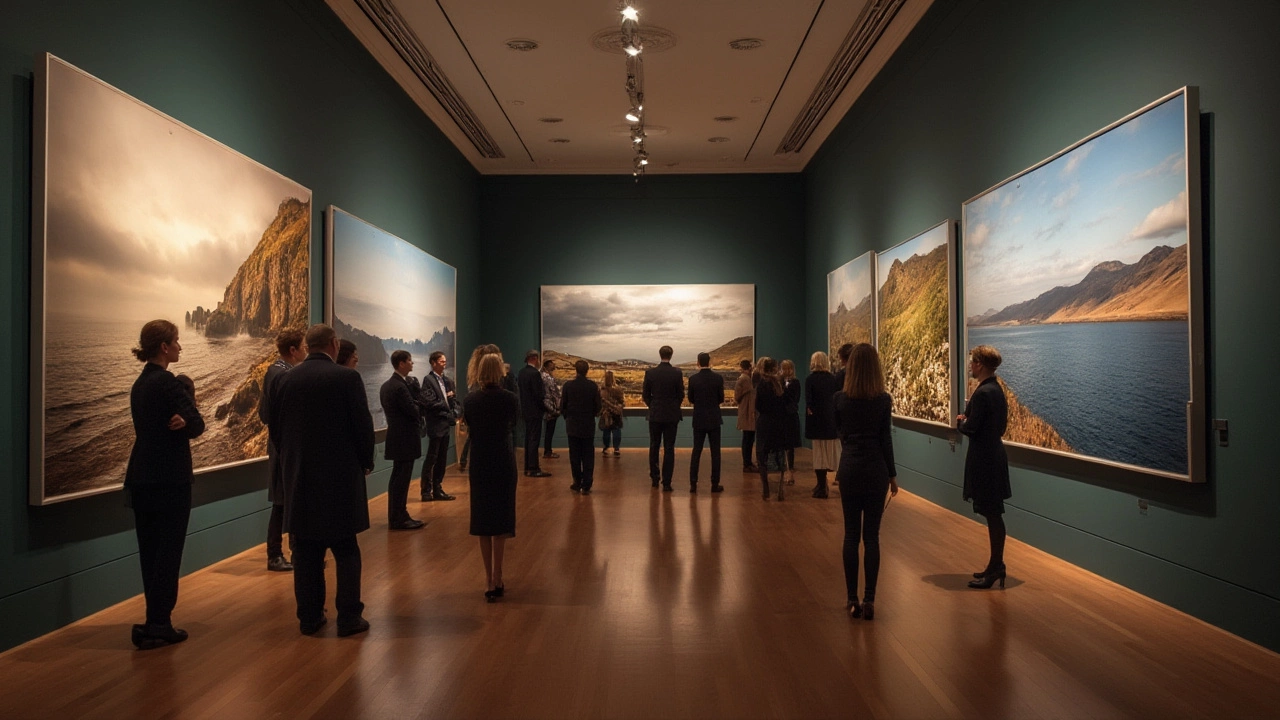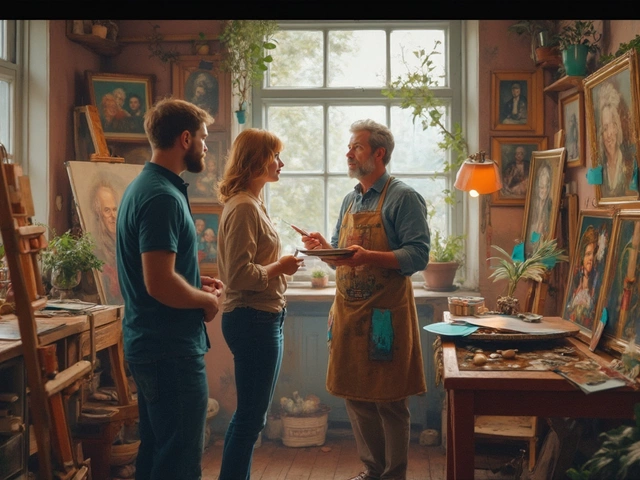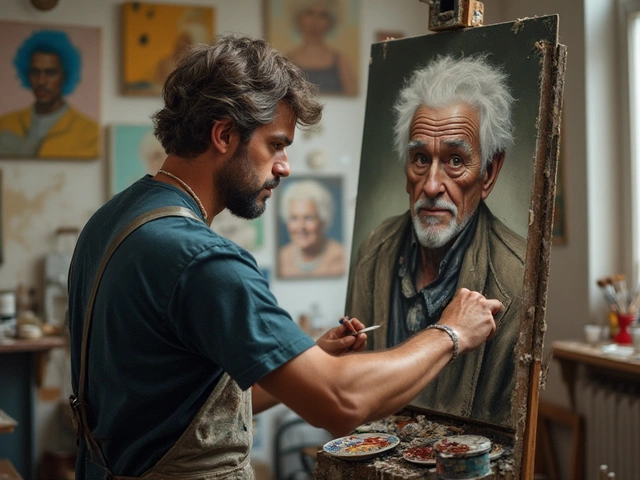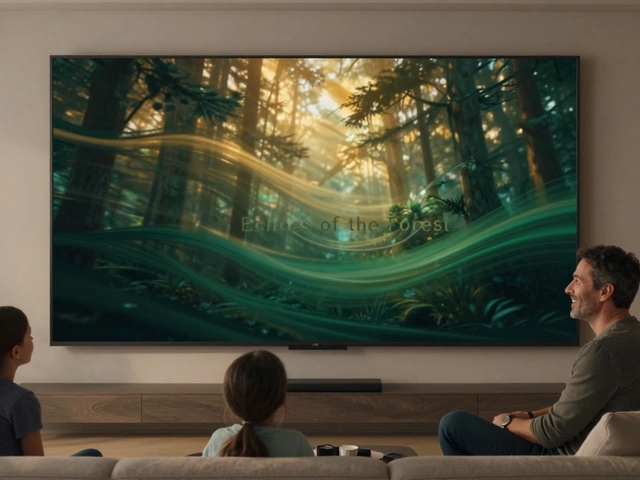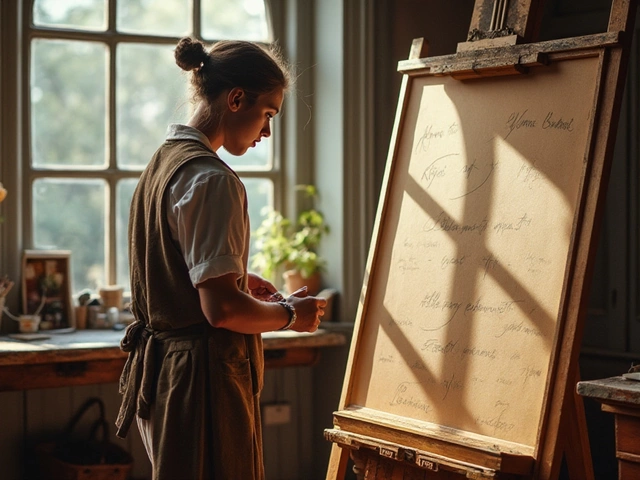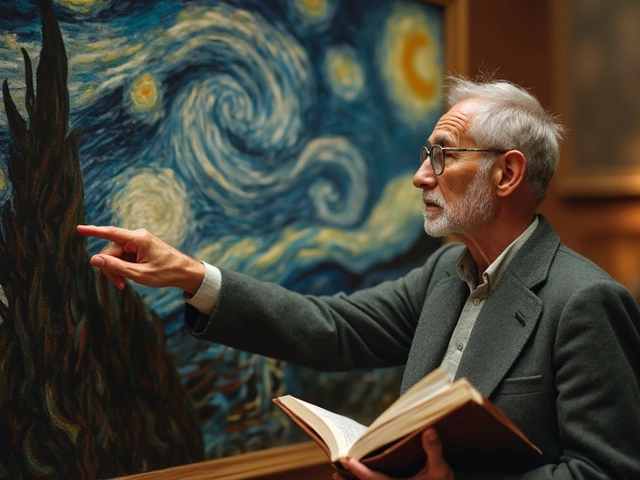Ever wonder why some landscape photos end up in top galleries, sold for a small fortune, while others don’t make it past an Instagram like? Some people look at a picture of a mountain sunrise and think, yep, that’s art. Others roll their eyes and say, it’s just a snapshot anyone could take. This whole debate has kicked up a lot of dust in art circles (and even more so since photography became so easy with smartphones). Let’s talk frankly about what sets fine art landscape photography apart, dig into its history, and figure out where the line is between postcard snap and true fine art.
The Battle Between ‘Art’ and ‘Just a Photo’
Ask ten people in an art gallery what makes a photo ‘fine art’ and you’ll get fifteen answers. Some say it’s about intention: was the photographer really saying something, or just recording a scene? That’s classic art-world talk, but it matters. Ansel Adams, probably the most iconic name in landscape photography, didn’t just shoot pretty mountains—he obsessed over light, planned his shots for days, and saw his prints as a kind of visual poem. His Yosemite prints have sold for over $70,000 at auction. That’s hard to call ‘just a photo’.
But for every Adams, there are millions of people posting sunsets they grabbed on a quick hike. The truth is, the line between fine art and ‘phone wallpaper’ is blurry. In the mid-1900s, gallery owners insisted photography couldn’t compete with oil paintings or sculpture. Now, photos by Andreas Gursky and Peter Lik have set records in the fine art market. Gursky’s “Rhein II,” a river landscape, sold for $4.3 million in 2011.
The big artists usually fuss over everything—the composition, the story, the print quality, even the frame. For them, the photo isn’t just about what’s ‘there’. It’s about interpretation: colors might be tweaked, shadows deepened, sometimes even details added or hidden in post-production. Adams used darkroom dodging and burning to shape his prints to his vision—that’s a craft, not just copying reality. In this way, photography uses its own tools and traditions, much like painting or sculpture.
The art world today mostly accepts landscape photography as a valid art form, especially when the process is thoughtful and the presentation is gallery-quality. Still, the question keeps coming up because digital cameras and editing software make it so easy for anyone to produce a sharp, colorful image. Many art collectors and critics say intention is the key ingredient that separates a fine art piece from a tourist snapshot. If the artist is making expressive—or even provocative—choices, it’s much easier to argue the work is art.
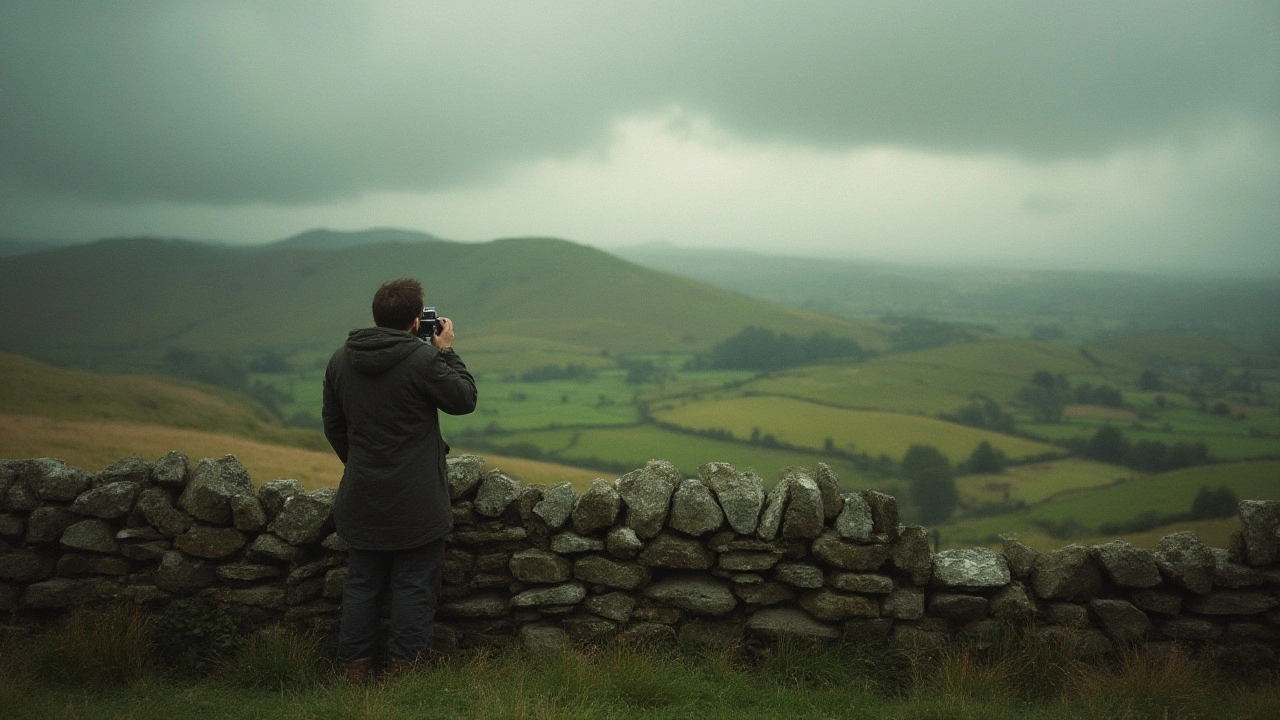
What Lifts Landscape Photos Into Fine Art?
So, how do you spot a landscape photo that counts as fine art? Here’s what experts, curators, and artists usually look for:
- Intentional Vision: The photographer sees something beyond the obvious and tries to express it—an emotion, a story, or a point of view. Great examples include Edward Burtynsky’s haunting mine sites or Cindy Sherman’s landscapes with staged scenarios. These aren’t just about pretty places; there’s always a message or mood.
- Craftsmanship: Lighting, composition, technical perfection, color harmony—it’s all tailored. Fine art photographers don’t just rely on luck. They study their scenes, wait for the perfect light, and often spend hours or days preparing.
- Print Quality: The best landscape artists print their own work, choose archival materials, and carefully control colors and tones. There’s a world of difference between a drugstore print and a carefully crafted exhibition print. Printmaking is sometimes half the art.
- Limited Editions: Fine art photos are often sold as limited editions, usually under 50 prints. Scarcity adds value—and signals an artist’s intention to treat the work as a collectible object, not just mass-market decor.
- Context: Galleries, museums, and respected publications choose what to show as ‘art’. The curatorial process shapes what gets called “fine art.” This is not always fair, but it’s real. A print on a living room wall is decoration; the same image in a thoughtfully curated gallery show might be art.
Want some data on how seriously landscape photography is taken these days? Check out this landscape photography auction results table:
| Photographer | Title | Year | Auction Price (USD) |
|---|---|---|---|
| Ansel Adams | Moonrise, Hernandez, New Mexico | 1941 | $609,600 |
| Andreas Gursky | Rhein II | 1999 | $4,338,500 |
| Peter Lik | Phantom | 2014 | $6,500,000* |
| Richard Misrach | Golden Gate | 1989 | $250,000 |
*Note: Peter Lik’s record sale is controversial and mostly private, but it’s heavily discussed in photography circles.
For photographers hoping their landscapes will count as fine art, here are practical tips from folks who’ve made it:
- Plan the shot. Don't just show up. Scout locations, check weather, and look for unique perspectives.
- Think about what you want to say with the image. Are you chasing awe, sadness, humor? Don’t just aim for ‘pretty’—aim for meaning.
- Print your images yourself, or work with a master printer. Control every step.
- Show your work in curated exhibitions or online galleries that are respected in the art world. Instagram is cool, but approach it as a portfolio, not just a dumping ground.
- Sign and number your prints. Limit your editions. If people know there are only ten of a print, they value your work more.
It’s worth knowing that trends shape what’s considered fine art, too. Black-and-white prints were all the rage in the 1970s; now, massive color prints, sometimes stitched from dozens of images, are popular. New tech like drone shots and infrared cameras opens new creative angles. But the basics—vision, intent, craft—stay the same.
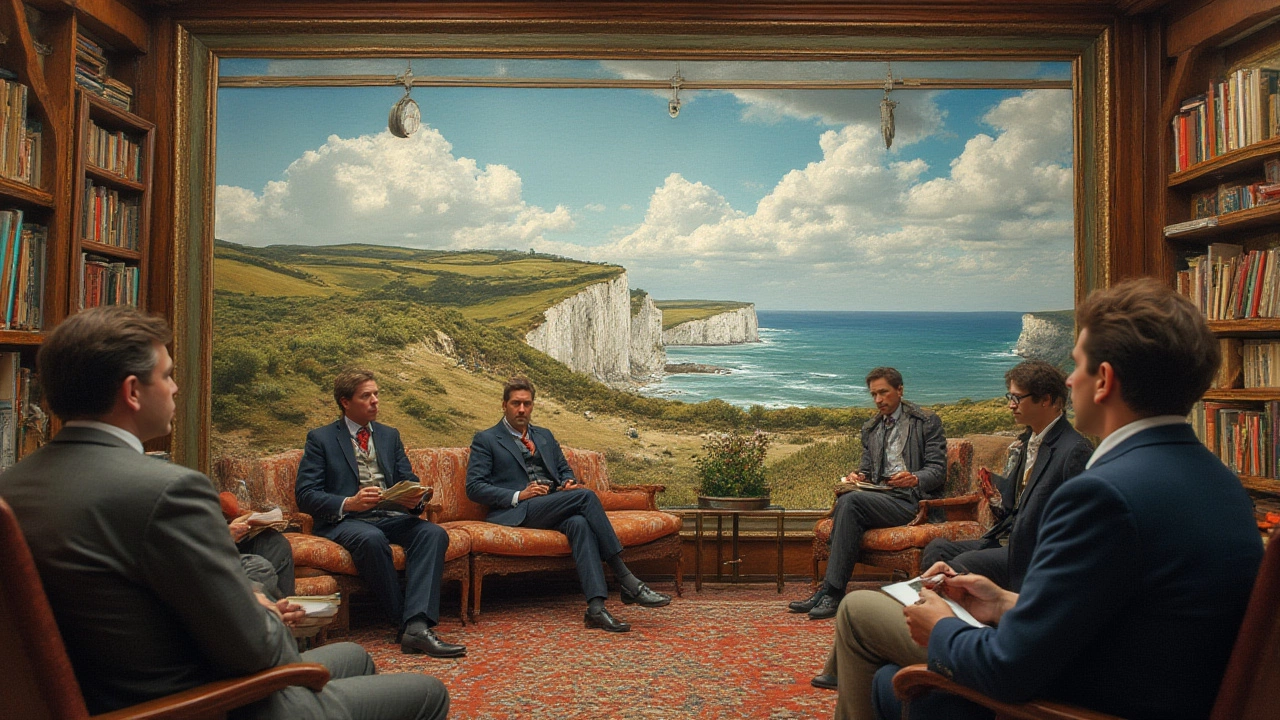
Why Does This Debate Even Matter in 2025?
If you’re living in Vancouver or checking out art fairs in Toronto or New York, you’ll see landscape photography hanging next to oil paintings and installations. The market has changed: galleries now compete to represent top landscape photographers, and collectors shell out real cash for rare prints. In 2024, Sotheby’s reported that fine art photography sales rose 12% over two years, with landscapes among the most desired genres.
But there’s still that nagging question—maybe because so many of us take and share landscape images now. It feels less special. What’s different about the photo hanging in a museum, versus the one on your phone from yesterday’s hike? Well, not everything needs to be rare to be art, but intention and craft count for something. A bucket-list landmark shot is easy; giving it fresh meaning or emotional weight is much harder.
One thing to notice: galleries and collectors tend to look for consistency. If an artist keeps returning to a theme or visual style and refines it over years, they’re taken more seriously. This is why someone like Paul Nicklen, who photographs both Arctic ice fields and underwater scenes, got a major retrospective at the Royal Ontario Museum in 2023. His images go beyond surface beauty—they tackle climate, loss, hope. These are big themes, stitched into the beauty of wild places.
Still, there’s a freedom in all this. Unlike painting, where history and tradition weigh heavy, photography is always open to reinvention. Some young artists now use AI tools or mix their camera work with digital painting. Does manipulating a landscape still count as photography? The debate keeps the medium lively. At an art show I visited last month in Vancouver, two artists even projected landscape photos onto sculpture—turning flat images into immersive experiences. Visitors were literally walking through the artwork.
So, is landscape photography fine art? Depends who’s asking, and what you mean by art. The best landscape photographers are obsessed—they climb mountains in the pre-dawn cold, develop their prints by hand, and put a chunk of their lives into every image. Their work can move viewers as deeply as any painting or song. If you look closely, you’ll see more than a pretty view. You’ll see a point of view, a deliberate choice, a moment turned into something that lasts. In the end, that’s what fine art is all about.
